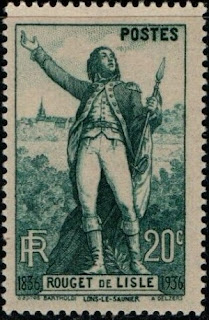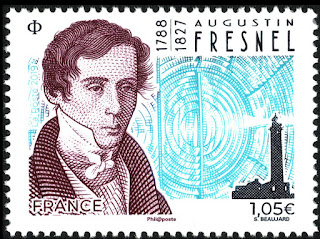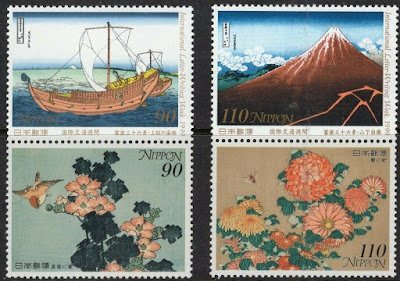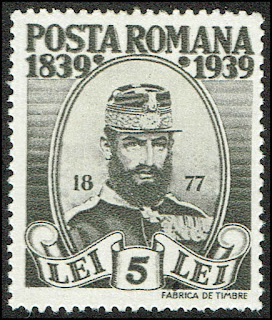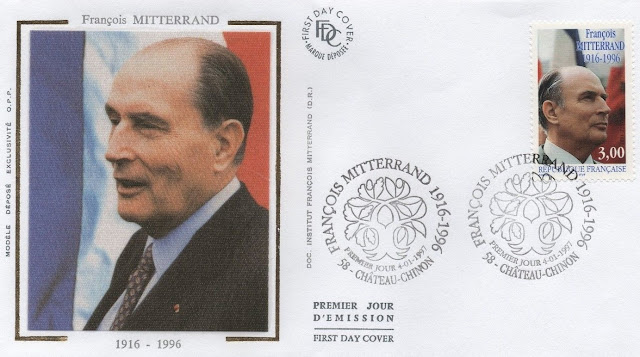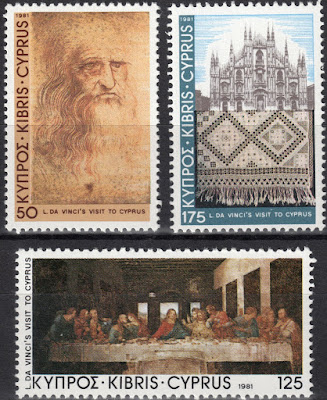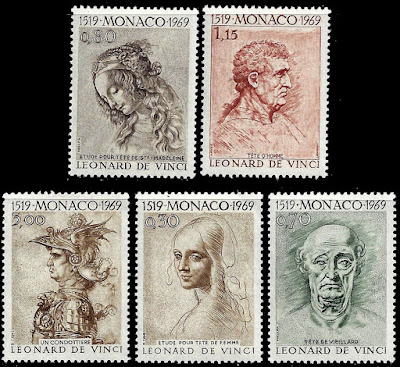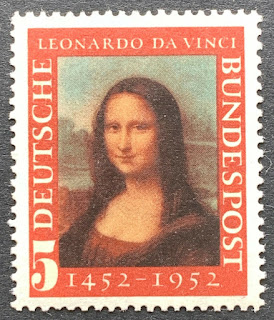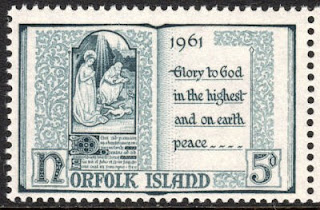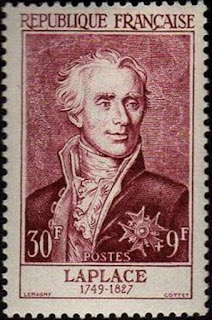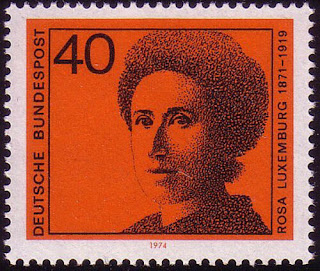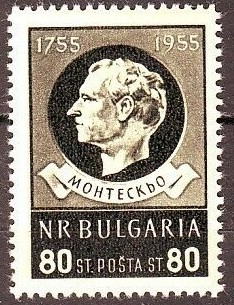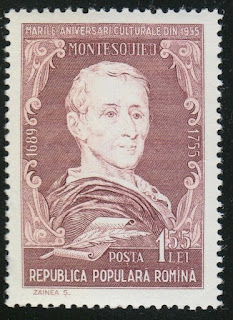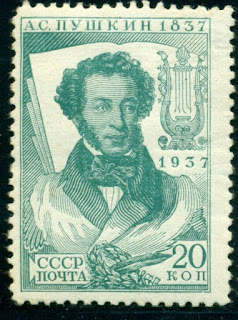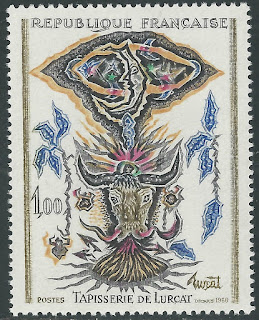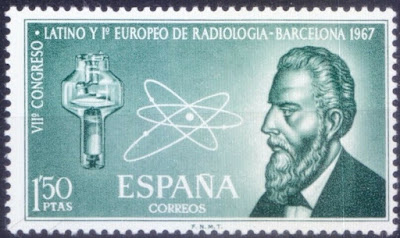1760 Born: Claude Joseph Rouget de Lisle, French captain, engineer, and composer (d. 1836)
Claude Joseph Rouget de Lisle (10 May 1760 – 26 June 1836), was a French army officer of the French Revolutionary Wars. He is known for writing the words and music of the Chant de guerre pour l'armée du Rhin in 1792, which would later be known as La Marseillaise and become the French national anthem.
The song that has immortalized him, "La Marseillaise", was composed at Strasbourg, where Rouget de Lisle was garrisoned in April 1792. France had just declared war on Austria, and the mayor of Strasbourg, baron Philippe-Frédéric de Dietrich, held a dinner for the officers of the garrison, at which he lamented that France had no national anthem. Rouget de Lisle returned to his quarters and wrote the words in a fit of patriotic excitement. The piece was at first called Chant de guerre pour l'armée du Rhin ("War Song for the Army of the Rhine") and only received its name of Marseillaise from its adoption by the Provençal volunteers whom Barbaroux introduced into Paris and who were prominent in the storming of the Tuileries Palace on 10 August 1792
Rouget de Lisle died in poverty in Choisy-le-Roi, Val de Marne. His ashes were transferred from Choisy-le-Roi cemetery to the Invalides on 14 July 1915, during World War I.
French stamps depicting Claude Joseph Rouget de Lisle
Augustin-Jean Fresnel (10 May 1788 – 14 July 1827) was a French civil engineer and physicist whose research in optics led to the almost unanimous acceptance of the wave theory of light, excluding any remnant of Newton's corpuscular theory, from the late 1830s until the end of the 19th century. He is perhaps better known for inventing the catadioptric (reflective/refractive) Fresnel lens and for pioneering the use of "stepped" lenses to extend the visibility of lighthouses, saving countless lives at sea. The simpler dioptric (purely refractive) stepped lens, first proposed by Count Buffon and independently reinvented by Fresnel, is used in screen magnifiers and in condenser lenses for overhead projectors.
By expressing Huygens's principle of secondary waves and Young's principle of interference in quantitative terms, and supposing that simple colors consist of sinusoidal waves, Fresnel gave the first satisfactory explanation of diffraction by straight edges, including the first satisfactory wave-based explanation of rectilinear propagation. Part of his argument was a proof that the addition of sinusoidal functions of the same frequency but different phases is analogous to the addition of forces with different directions. By further supposing that light waves are purely transverse, Fresnel explained the nature of polarization, the mechanism of chromatic polarization, and the transmission and reflection coefficients at the interface between two transparent isotropic media. Then, by generalizing the direction-speed-polarization relation for calcite, he accounted for the directions and polarizations of the refracted rays in doubly-refractive crystals of the biaxial class (those for which Huygens's secondary wavefronts are not axisymmetric). The period between the first publication of his pure-transverse-wave hypothesis, and the submission of his first correct solution to the biaxial problem, was less than a year.
Later, he coined the terms linear polarization, circular polarization, and elliptical polarization, explained how optical rotation could be understood as a difference in propagation speeds for the two directions of circular polarization, and (by allowing the reflection coefficient to be complex) accounted for the change in polarization due to total internal reflection, as exploited in the Fresnel rhomb. Defenders of the established corpuscular theory could not match his quantitative explanations of so many phenomena on so few assumptions.
Fresnel had a lifelong battle with tuberculosis, to which he succumbed at the age of 39. Although he did not become a public celebrity in his lifetime, he lived just long enough to receive due recognition from his peers, including (on his deathbed) the Rumford Medal of the Royal Society of London, and his name is ubiquitous in the modern terminology of optics and waves. After the wave theory of light was subsumed by Maxwell's electromagnetic theory in the 1860s, some attention was diverted from the magnitude of Fresnel's contribution. In the period between Fresnel's unification of physical optics and Maxwell's wider unification, a contemporary authority, Humphrey Lloyd, described Fresnel's transverse-wave theory as "the noblest fabric which has ever adorned the domain of physical science, Newton's system of the universe alone excepted."
French stamp depicting Augustin Fresnel
Katsushika Hokusai (c. 31 October 1760 – 10 May 1849) was a Japanese artist, ukiyo-e painter and printmaker of the Edo period. Born in Edo (now Tokyo), Hokusai is best known as author of the woodblock print series Thirty-six Views of Mount Fuji (富嶽三十六景, Fugaku Sanjūroku-kei, c. 1831) which includes the internationally iconic print, The Great Wave off Kanagawa.
Hokusai created the Thirty-Six Views both as a response to a domestic travel boom and as part of a personal obsession with Mount Fuji. It was this series, specifically The Great Wave print and Fine Wind, Clear Morning, that secured Hokusai's fame both in Japan and overseas. As historian Richard Lane concludes, "if there is one work that made Hokusai's name, both in Japan and abroad, it must be this monumental print-series". While Hokusai's work prior to this series is certainly important, it was not until this series that he gained broad recognition.
Romanian and Japanese stamps depicting Hokusai or his works
1881 – Carol I is crowned the King of the Romanian Kingdom.
Carol I (20 April 1839 – 10 October 1914), born Prince Karl of Hohenzollern-Sigmaringen, was the monarch of Romania from 1866 to 1914. He was elected Ruling Prince (Domnitor) of the Romanian United Principalities on 20 April 1866 after the overthrow of Alexandru Ioan Cuza by a palace coup d'état. In May 1877, he proclaimed Romania an independent and sovereign nation. The defeat of the Ottoman Empire (1878) in the Russo-Turkish War secured Romanian independence, and he was proclaimed King of Romania on 26 March [ 1881. He was the first ruler of the Hohenzollern-Sigmaringen dynasty, which ruled the country until the proclamation of a republic in 1947.
During his reign, Carol I personally led Romanian troops during the Russo-Turkish War and assumed command of the Russo/Romanian army during the siege of Plevna. The country achieved internationally recognized independence via the Treaty of Berlin, 1878 and acquired Southern Dobruja from Bulgaria in 1913. Domestic political life was organized around the rival Liberal and Conservative parties. During Carol's reign, Romania's industry and infrastructure were much improved, but the country still had an agrarian-focused economy and the situation of the peasantry failed to improve, leading to a major revolt bloodily suppressed by the authorities.
He married Princess Elisabeth of Wied in Neuwied on 15 November 1869. They only had one daughter, Maria, who died at the age of three. Carol never produced a male heir, leaving his elder brother Leopold next in line to the throne. In October 1880 Leopold renounced his right of succession in favour of his son William, who in turn surrendered his claim six years later in favour of his younger brother, the future king Ferdinand.
1981 – François Mitterrand wins the presidential election and becomes the first Socialist President of France in the French Fifth Republic.
François Maurice Adrien Marie Mitterrand (26 October 1916 – 8 January 1996) was a French statesman who served as President of France from 1981 to 1995, the longest time in office in the history of France. As First Secretary of the Socialist Party, he was the first left-wing politician to assume the presidency under the Fifth Republic.
Reflecting family influences, Mitterrand started political life on the Catholic nationalist right. He served under the Vichy Regime during its earlier years. Subsequently he joined the Resistance, moved to the left, and held ministerial office several times under the Fourth Republic. He opposed de Gaulle's establishment of the Fifth Republic. Although at times a politically isolated figure, Mitterrand outmanoeuvered rivals to become the left's standard bearer at every presidential election from 1965–88; with the exception of 1969. Mitterrand was elected President at the 1981 presidential election. He was re-elected in 1988 and remained in office until 1995.
Mitterrand invited the Communist Party into his first government, which was a controversial decision at the time. In the event, the Communists were boxed in as junior partners and, rather than taking advantage, saw their support erode. They left the cabinet in 1984. Early in his first term, Mitterrand followed a radical left-wing economic agenda, including nationalisation of key firms, but after two years, with the economy in crisis, he reversed course. He pushed a socially liberal agenda with reforms such as the abolition of the death penalty, the 39-hour work week, and the end of a government monopoly in radio and television broadcasting. His foreign and defense policies built on those of his Gaullist predecessors.
His partnership with German Chancellor Helmut Kohl advanced European integration via the Maastricht Treaty, but he reluctantly accepted German reunification. During his time in office, he was a strong promoter of culture and implemented a range of costly "Grands Projets". He is the only French President to ever have named a female Prime Minister, Édith Cresson, in 1991. He was twice forced by the loss of a parliamentary majority into "cohabitation governments" with conservative cabinets led, respectively, by Jacques Chirac (1986–1988), and Édouard Balladur (1993–1995). Less than eight months after leaving office, Mitterrand died from the prostate cancer he had successfully concealed for most of his presidency.
Beyond making the French left electable, Mitterrand presided over the rise of the Socialist Party to dominance of the left, and the decline of the once-mighty Communist Party (as a share of the popular vote in the first presidential round, the Communists shrank from a peak of 21.27% in 1969 to 8.66% in 1995, at the end of Mitterrand's second term).
French First Day Cover depicting François Mitterrand
